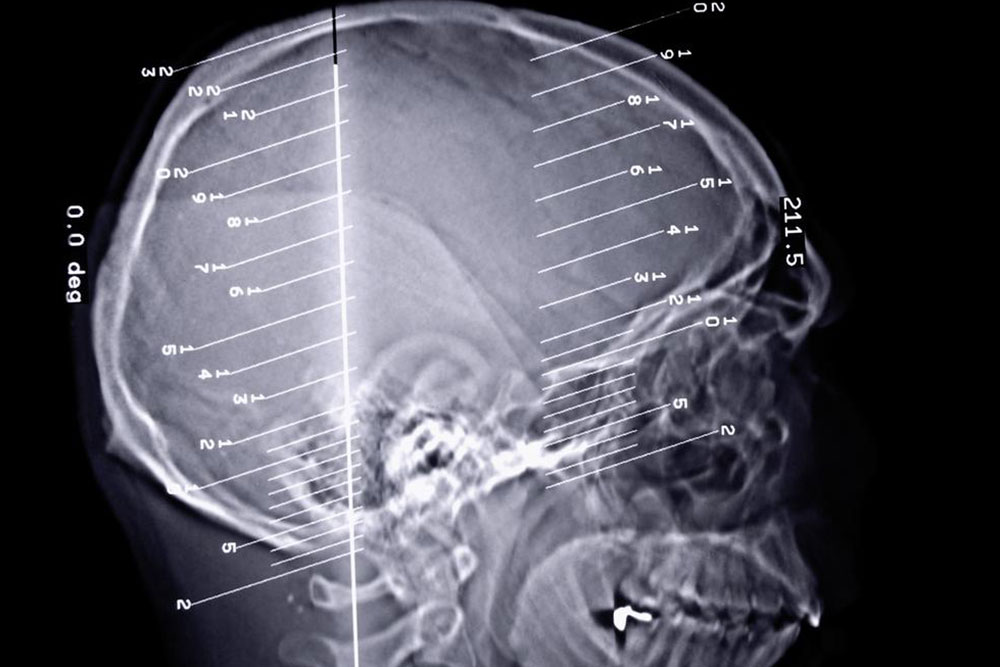Understanding the Different Types of Epileptic Seizures
This article provides an in-depth overview of epilepsy seizure types, including focal and generalized seizures, highlighting symptoms and classifications. Early recognition and proper treatment can help individuals with epilepsy live normal lives. Understanding these categories is vital for accurate diagnosis and management, offering hope and clarity for patients and caregivers alike.

Understanding the Different Types of Epileptic Seizures
Epileptic seizures result from abnormal electrical activity in the brain, disrupting normal bodily functions. These neurological episodes can be caused by brain tumors, head injuries, cerebrovascular issues, or genetic factors. Symptoms include brief confusion, blackout episodes, staring spells, or involuntary muscle jerks. Recognizing these signs is essential for diagnosis. Healthcare providers classify seizures into various categories to improve understanding and treatment options. The main types are focal and generalized seizures, each with subtypes like absence, tonic, atonic, clonic, myoclonic, and tonic-clonic seizures, which vary in severity and manifestation.
Proper classification helps in managing epilepsy effectively. Focal seizures impact a specific brain area and are divided into simple and complex forms—differing mainly by consciousness level. Generalized seizures involve the entire brain and include several types, such as absence (brief stare), tonic (muscle stiffening), atonic (loss of muscle control), clonic (muscle jerking), myoclonic (sudden jerks), and tonic-clonic (severe loss of consciousness with muscle twitching). Early diagnosis and treatment enable individuals to lead normal lives despite their condition.










